This ultimate guide on how to clean and cook shrimp will walk you through everything from prepping and deveining to the best cooking methods for perfectly delicious shrimp every time!
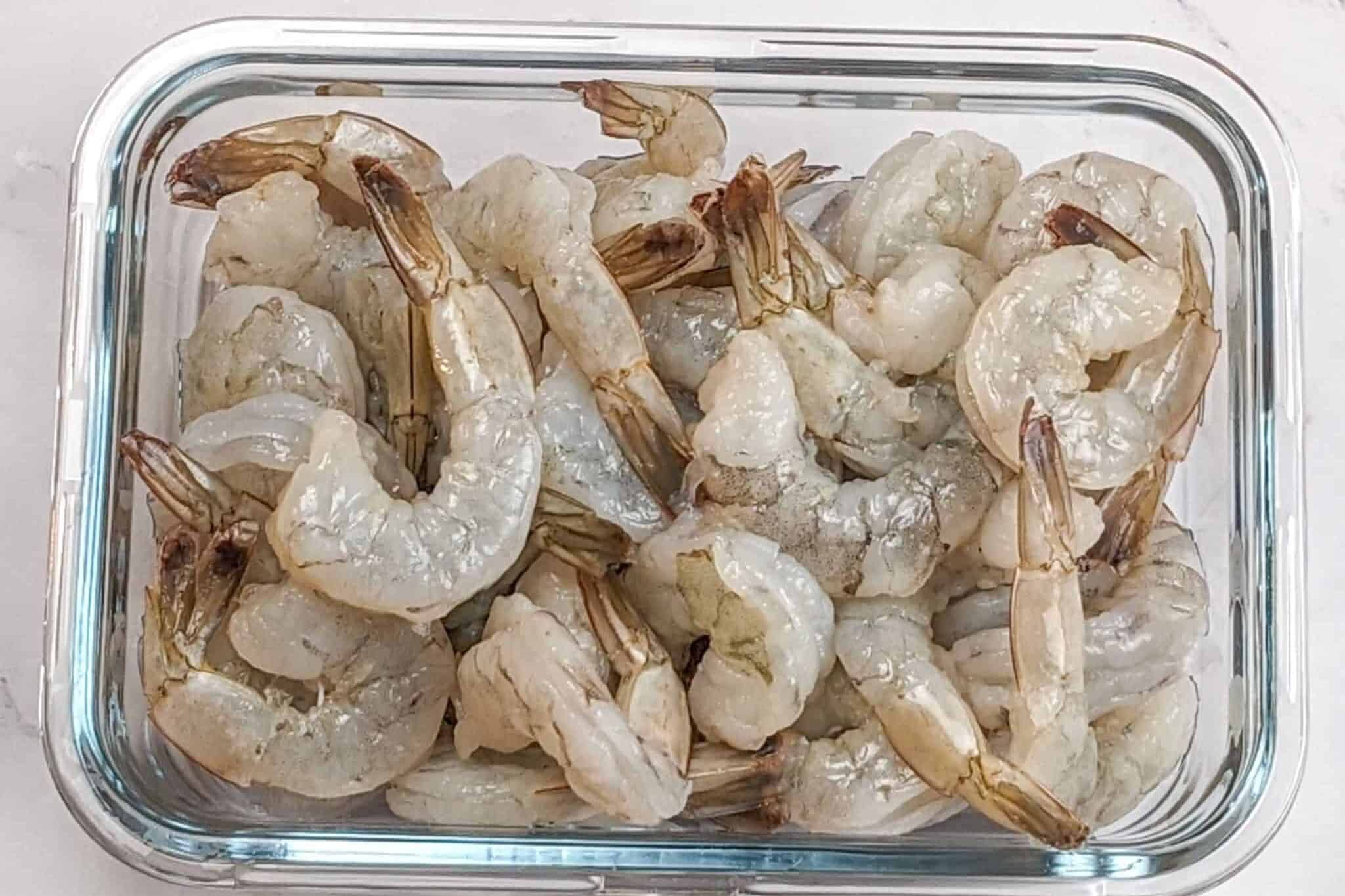
Table of Contents
Jump to:
- Tips on Shrimp
- Favorite Ways to Enjoy Shrimp
- Shrimp Cultivation
- Different Types of Common Shrimp Used in Cooking (Chart)
- Shrimp Size Matters (Chart)
- How to Buy Shrimp
- Culinary Glossary
- Why Clean Shrimp Properly?
- Equipment for Clean Shrimp
- How to Clean Shrimp with Pictures & Video
- Keep It Fresh When Cleaning
- What's that Dark Vein?
- Be Careful Not to Get Infected!
- Storage and Reheating Instructions
- How to Marinate and Before You Cook It
- Tips on Cooking Methods for Shrimp
- Delicious Shrimp Recipes
- Quick and Easy Recipes
- Vegetarian and Vegan Shrimp Substitutes
- Frequently Asked Questions
- Subscribe to my YouTube Channel
- Have a Comment or Question?
Tips on Shrimp
Shrimp is a superstar in kitchens all over the world—from the street food stalls of China to the beaches of the Caribbean, the aromatic kitchens of India, and the rich coastal dishes of Africa. And let’s face it, shrimp is pretty easy to love.
But before you dive into that plate of shrimp curry or grilled shrimp skewers, there's one thing every home cook should know—how to clean and cook shrimp properly.
This guide will walk you through shrimp cleaning tips, cooking methods, and introduce you to the different types of shrimp. And hey, it’s a live blog, so I'll keep updating this as I add new shrimp recipes!
Favorite Ways to Enjoy Shrimp
Shrimp’s popularity comes from its versatility, quick cooking time, and ability to absorb flavors beautifully, making it a favorite in countless cuisines. Who doesn’t love a good shrimp boil—where shrimp is boiled with corn, potatoes, and sausage in a savory, spiced broth? It's the perfect communal meal.
Some of my personal favorites include Jamaican black pepper shrimp, shrimp scampi, and fried coconut shrimp. I especially loved buying Jamaican pepper shrimp from my local Caribbean store.

Looking for authentic Jamaican Pepper Shrimp recipes? Check out Orchids + Sweat Tea, JamDown Foodie, and That Girl Cooks Healthy.
Peeling away the shell that locked in all those delicious juices was a ritual to get to the tender, spicy shrimp inside—it was pure heaven! What’s your favorite way to enjoy shrimp? Let me know in the comments!
Shrimp Cultivation
Shrimp has a long, fascinating history as a seafood staple across the globe. The cultivation of shrimp, known as aquaculture, began centuries ago in Southeast Asia, where shrimp farming was a primary means of supporting local economies.
Today, shrimp is fished in many coastal regions, including the Gulf of Mexico, South America, and parts of Africa. Wild-caught shrimp, harvested from oceans, rivers, and lakes, is often prized for its more robust flavor.
In contrast, farm-raised shrimp is cultivated in controlled environments and is the more common variety found in stores due to its affordability and year-round availability. While some purists prefer wild-caught shrimp for its taste, farm-raised shrimp offers a more sustainable option when managed responsibly.
Each method brings its own benefits to the table, so you can choose based on flavor preference and sustainability goals!
Different Types of Common Shrimp Used in Cooking (Chart)
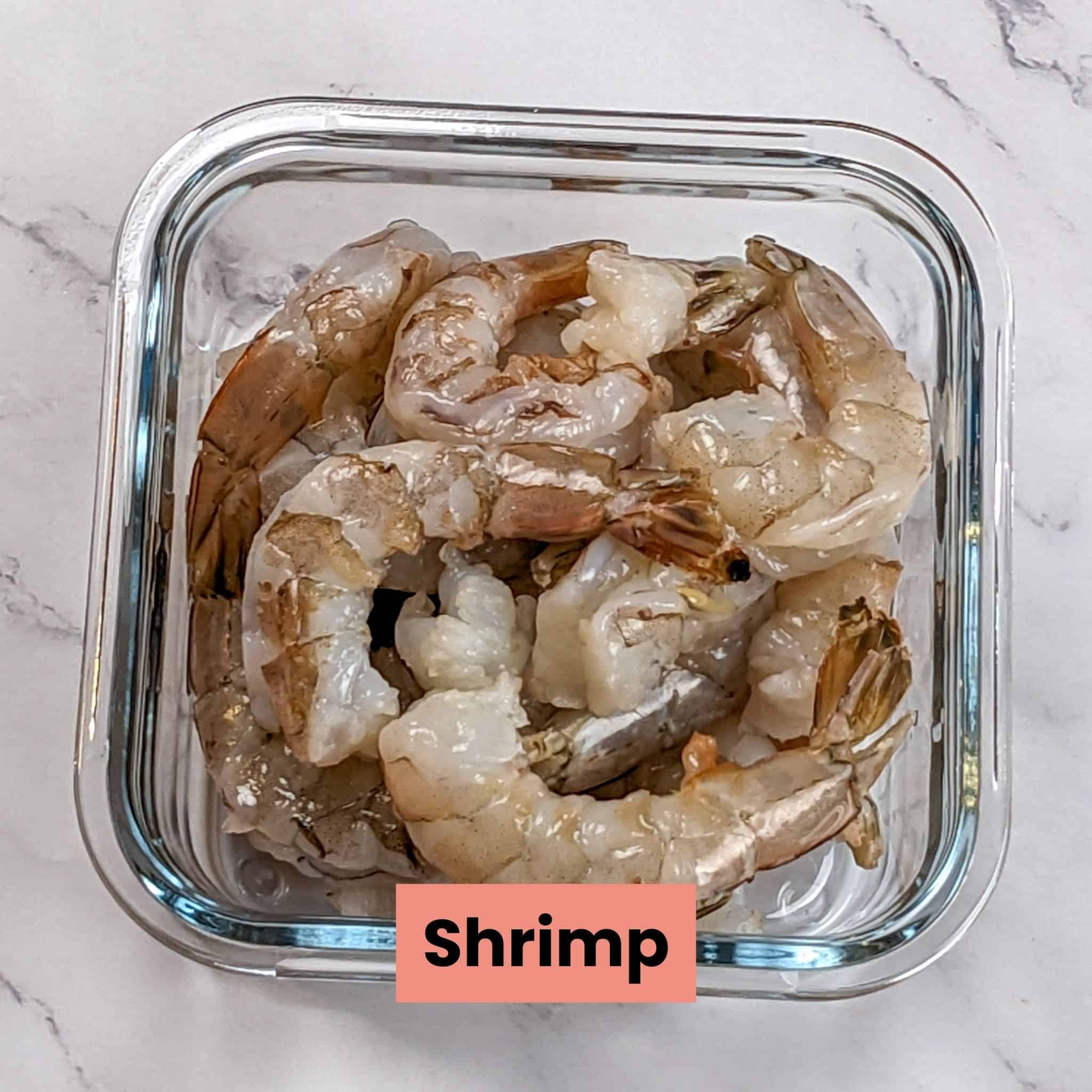
Understanding the different varieties of shrimp allows you to choose the best one for your dish, enhancing your dining experience by perfectly pairing each shrimp type’s unique flavor and texture with the right cooking method or recipe.
| Shrimp Type | Flavor | Best Uses |
|---|---|---|
| White Shrimp | Mild | Great for all-purpose cooking |
| Brown Shrimp | Slightly stronger | Perfect for gumbo or rich stews |
| Pink Shrimp | Sweet and tender | Ideal for salads or grilled dishes |
| Tiger Shrimp | Large, firm texture | Best for grilling and sautéing |
| Rock Shrimp | Lobster-like flavor | Perfect for frying or broiling |
Shrimp Size Matters (Chart)
The size of the shrimp plays a big role in both cooking time and the type of meal it’s best suited for.
- Larger shrimp, like U10s or jumbo shrimp, are ideal for grilling or as the star protein in dishes like shrimp skewers or seafood platters because they hold up well to high heat and longer cooking times.
- On the other hand, smaller shrimp, such as 31/35s, cook in just a minute or two and are perfect for quick meals like stir-fries, salads, or shrimp tacos.

Overcooking shrimp is a common mistake, so knowing the size helps ensure you get perfectly tender shrimp every time, whether it’s a light appetizer or a hearty main dish.
Shrimp Size and Use Chart
| Shrimp Size | Uses |
|---|---|
| U10 | Large shrimp for grilling |
| 16/20 | Ideal for stir-fries and sautés |
| 21/25 | Perfect for pasta or scampi dishes |
| 31/35 | Great for salads and appetizers |
How to Buy Shrimp
When buying shrimp, you can find it both fresh and frozen at most grocery stores or seafood markets.
- Fresh Shrimp
- Fresh shrimp is typically sold in the seafood section on ice, but it’s important to ask when it was harvested, as shrimp can quickly lose quality if not handled properly.
- Look for shrimp with firm, translucent flesh and a clean, briny smell—avoid any that smell overly fishy.
- Frozen Shrimp
- If you prefer frozen shrimp, it's a convenient option since it’s usually individually flash-frozen right after being caught, preserving its flavor and texture.
- When buying frozen shrimp, opt for those without ice crystals or freezer burn, and check the packaging for terms like "wild-caught" or "sustainably farmed" to ensure quality.

Whether you choose fresh or frozen, make sure to thaw frozen shrimp in the refrigerator or under cold running water before cooking.
Culinary Glossary
This section provides concise definitions of key ingredients and techniques to enhance understanding and improve cooking skills related to this recipe.
- Deveining - Removing the shrimp's digestive tract.
- Brining - Soaking shrimp in a salt solution to enhance flavor and juiciness.
- Tail-on Shrimp - Shrimp with the tail left on for better presentation.
- Deveined - Shrimp that have had the dark digestive tract (or "vein") removed from their backs, making them ready to cook without the extra step of cleaning the vein yourself.
- Peeled - Shrimp that have had their outer shell removed, saving you time and effort in preparing them for cooking while still often leaving the tail on for presentation or convenience.
- Wild-Caught - Refers to shrimp that are harvested from their natural habitats, such as oceans, rivers, and lakes, often considered to have a more robust, authentic flavor due to their varied diet and environment.
- Sustainably Farmed - Shrimp that are raised in controlled aquaculture environments, with practices that prioritize minimizing environmental impact, maintaining water quality, and avoiding overuse of antibiotics, ensuring a healthier and eco-friendly option for consumers.
Why Clean Shrimp Properly?
First things first: cleaning shrimp isn’t just about making them look good. You need to remove the shell, veins, and tails to ensure you’re not chewing on something you shouldn’t be. Besides, nobody likes a crunchy surprise in their pasta.
Scientifically speaking, deveining shrimp helps remove digestive waste (yes, the “vein” is technically the digestive tract), and while it’s not dangerous to eat, it can affect texture and flavor.
Equipment for Clean Shrimp
To clean shrimp, you'll need some basic tools—scissors, a deveining tool, or even just your trusty fingers. Trust me, it’s worth the effort!
- Sharp paring knife – Perfect for deveining and making precise cuts.
- Kitchen shears – Ideal for cutting through the shrimp shell with ease.
- Gloves – Helps protect your hands from potential bacteria and shell punctures.
- Ziplock bags – Useful for storing shrimp shells to save for making seafood stock later.
- Sanitizer – It’s essential to sanitize your work area and tools after cleaning shrimp to prevent cross-contamination and eliminate any bacteria left behind from the raw shrimp.
My Rating: ⭐⭐⭐⭐⭐
Purchased: November 9, 2023
My Review: As a professional chef and culinary instructor, I rely on quality knives both at home and in my cooking classes. After purchasing the PAUDIN Santoku Knife and loving its performance, I decided to invest in the 7-Piece Chef Knife Set—and I’m so glad I did! These knives are lightweight yet incredibly sharp, making prep work effortless whether I’m dicing, slicing, or chopping. The high-carbon stainless steel blades hold their edge well, and the Pakkawood handles offer a comfortable, balanced grip for extended use. I’ve used this set in my instruction classes and home kitchen, and it consistently delivers precision and ease. If you're looking for a reliable, professional-quality knife set without breaking the bank, PAUDIN is a fantastic choice! I highly recommend it for home cooks and professionals alike!
How to Clean Shrimp with Pictures & Video
Follow the instructions and cooking tips below using the step-by-step picture guide. This is how I remove the shell and devein the shrimp the easiest way.
Step-by-Step Photos
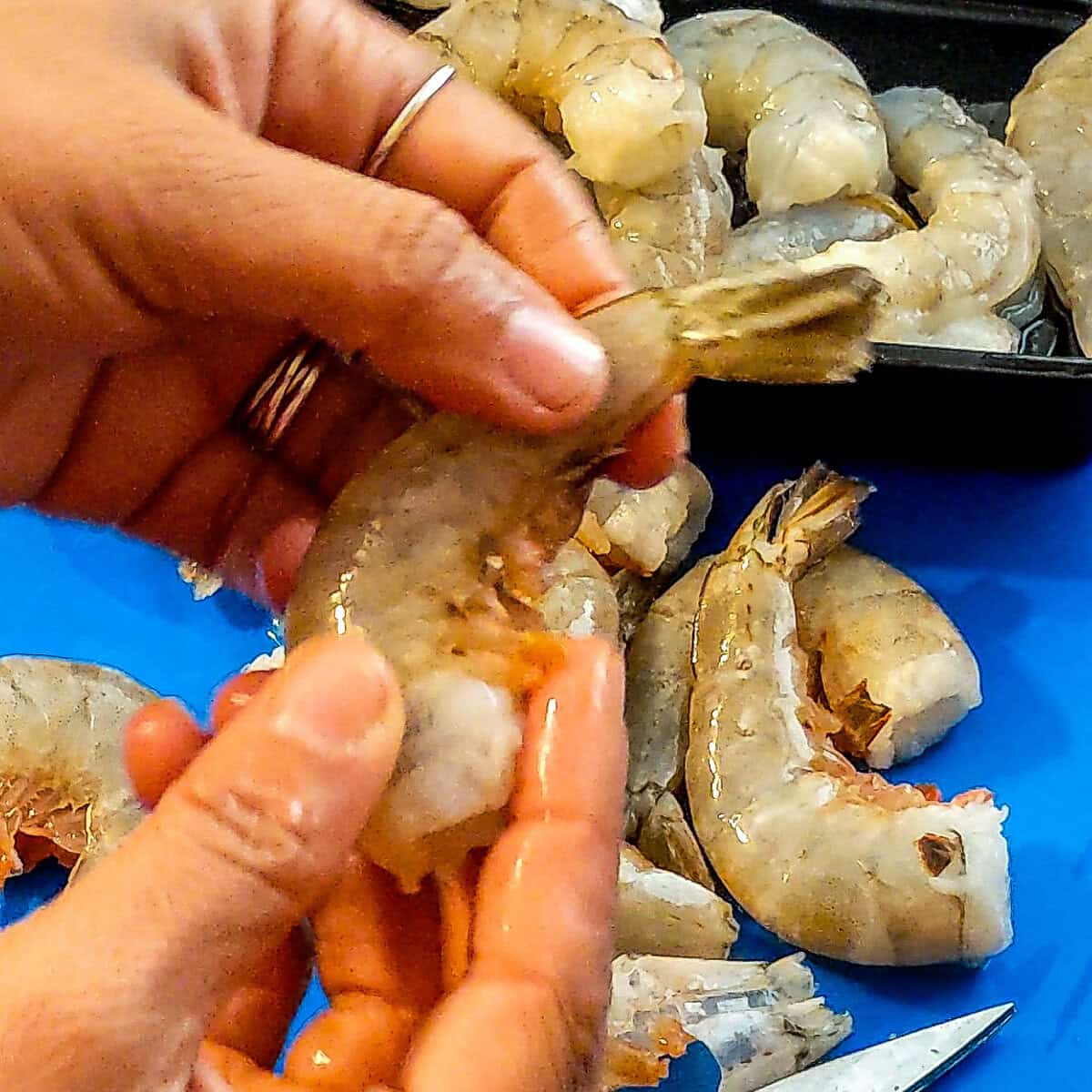
If the head is still on, just twist and pull the head off.
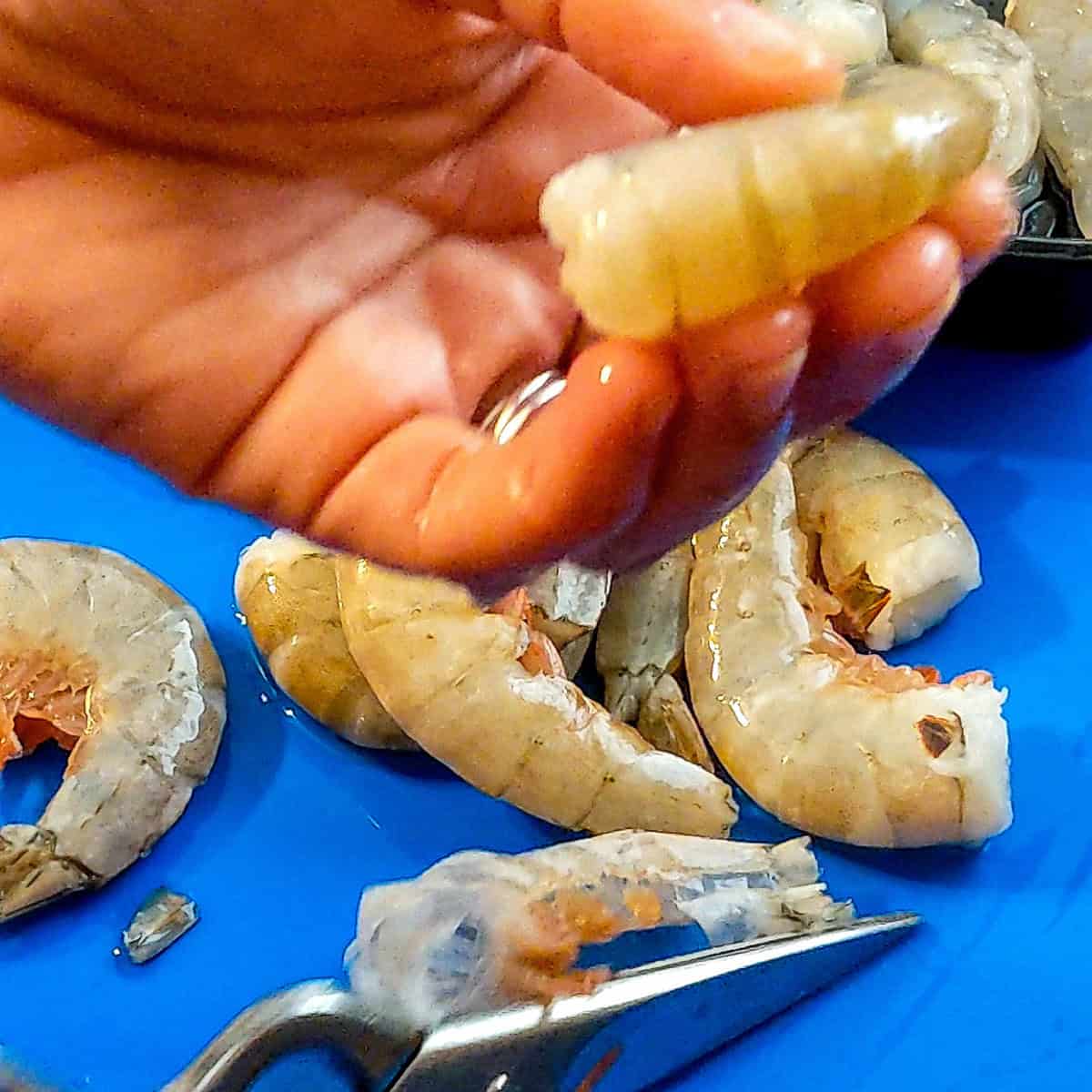
Have the back of the shrimp and head facing you.
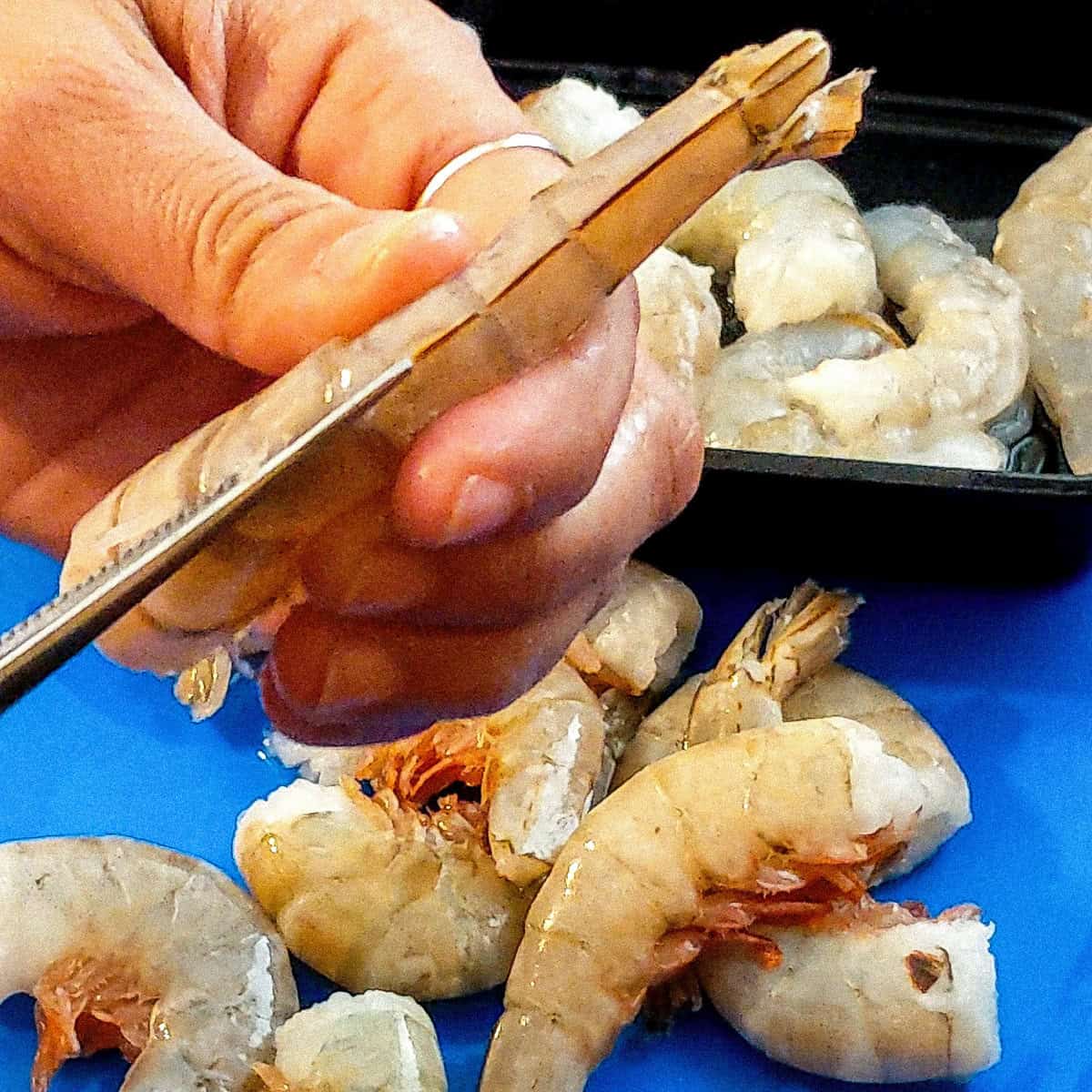
For headless shrimp, simply cut with scissors by starting at the top where the head was.
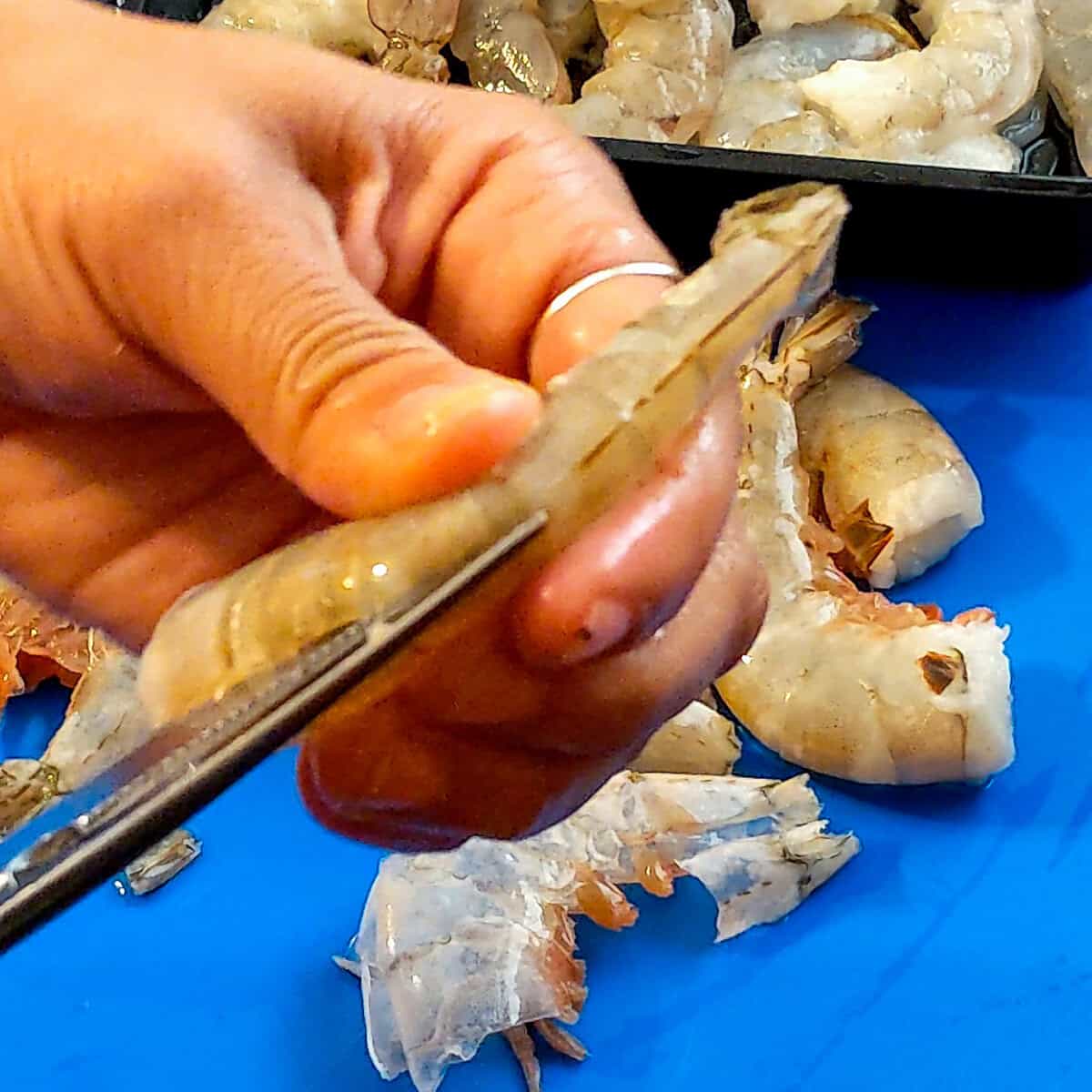
Then, work your way down the back to the tail.
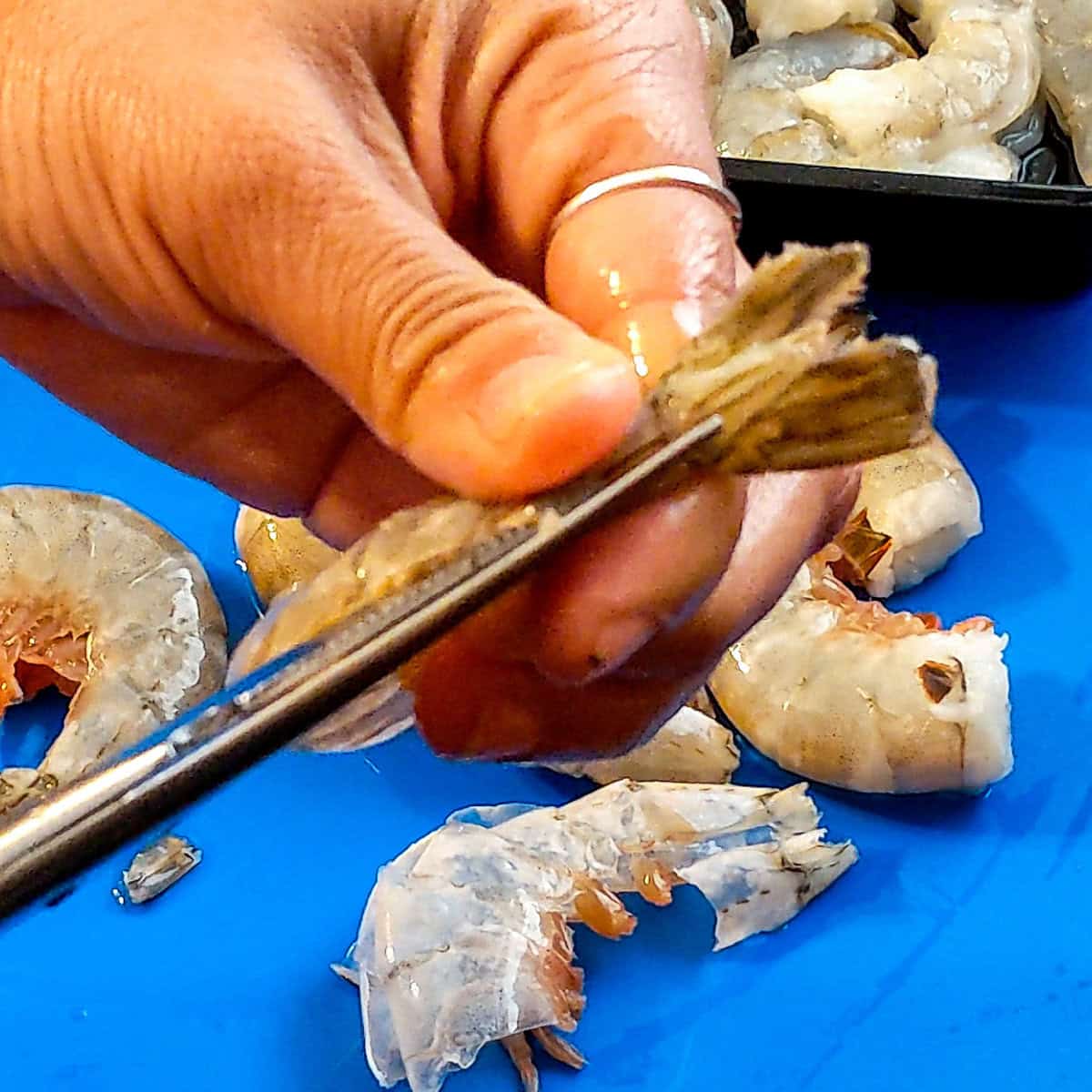
Make a shallow slit so as not to cut into the shrimp's flesh.
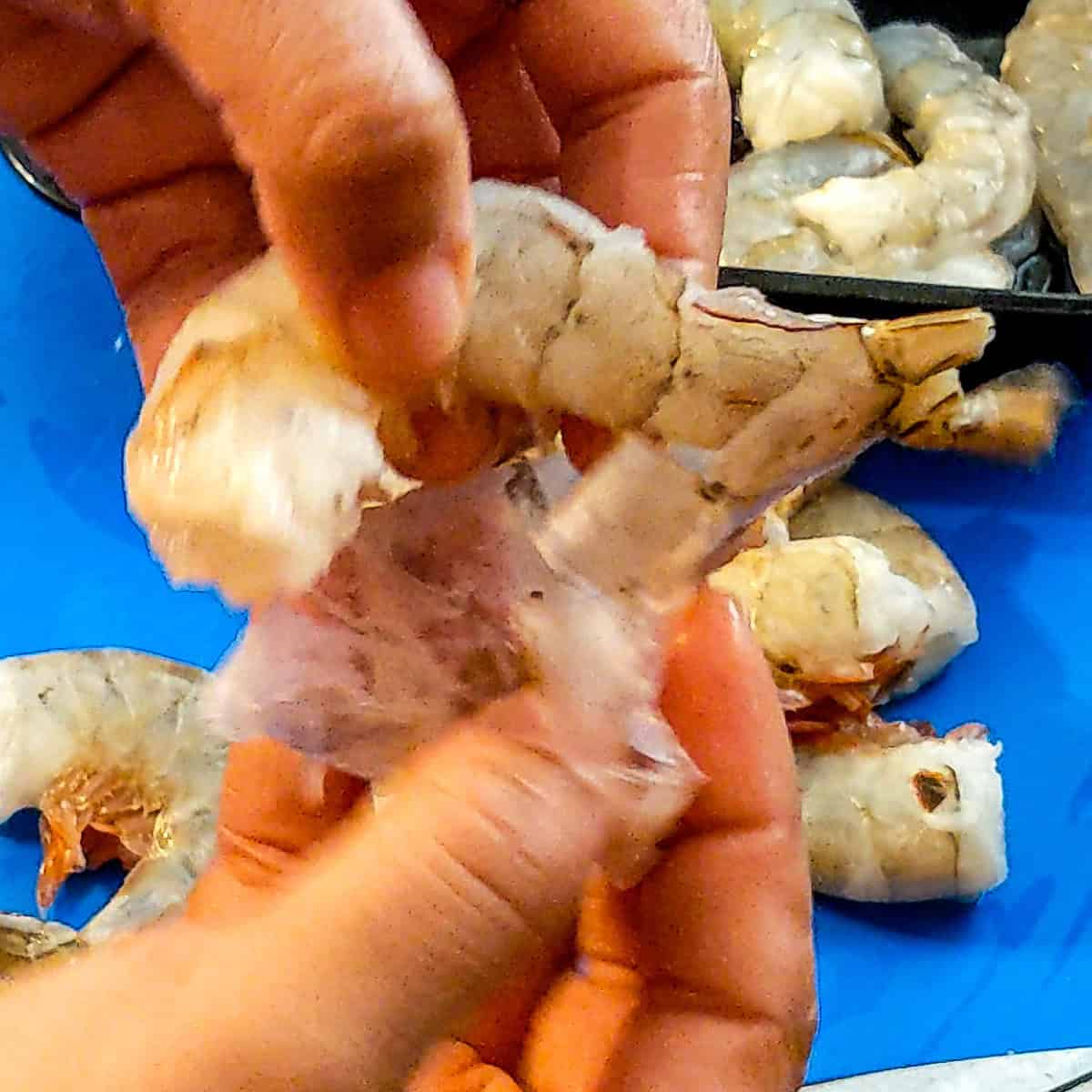
At this point, peel the shell off and rinse it under water to remove the dark line (shrimp's vein).

Chef tip: Keep the tail intact if you want that fancy shrimp cocktail presentation.
Keep It Fresh When Cleaning
When prepping shrimp, I always keep a bowl of ice nearby to keep them fresh and chilled while I clean and devein them. Shrimp can spoil pretty quickly if left out at room temperature, so the ice helps maintain that firm texture and prevents any bacteria from making a surprise appearance.
Plus, if you’re working through a big batch, keeping them on ice ensures they stay cool and safe to eat until you’re ready to cook. It’s a simple trick but super effective!
What's that Dark Vein?
The black vein running along the back of the shrimp is actually its digestive tract—yep, it's where all the shrimp’s food gets processed! While that black line is not harmful to eat, the vein can sometimes contain sand, grit, or partially digested food, which might affect the texture and taste of your dish.
That’s why many people prefer to remove the shrimp poop during cleaning, especially for larger shrimp where the vein is more visible. So, even though you won’t get sick from eating it, taking a few extra minutes to devein your shrimp can make a big difference in the final result!
Be Careful Not to Get Infected!
Now, this might sound dramatic, but trust me, a shrimp tail can bite back. One time, a shrimp tail pierced my skin while cleaning, and let’s just say, my fingertips swelled up like a balloon.
Shrimp shells can carry bacteria, so if one pinches you, wash the area and disinfect it. I’ve since learned to use gloves or develop some ninja shrimp-cleaning skills to protect my hands!
Storage and Reheating Instructions
- Refrigerator - Store fresh, cleaned shrimp in an airtight container for up to 2 days. Tip: To store shrimp properly, keep them in the coldest part of your fridge.
- Freezer - Freeze shrimp on a tray in a single layer before transferring them to a resealable bag. Shrimp can last up to 6 months in the freezer.
- Thawing - When defrosting, use the fridge overnight or run them under cold water for a quick thaw.
- Reheating - Reheat cooked shrimp gently in a sauté pan or steamer to avoid drying them out.

Chef tip: Save those shells! They make amazing seafood stocks for soups or risotto.
Airtight Food Containers
I interchange glass food storage containers with plastic clipping lids or wooden push-ins. I always suggest glass storage containers because they can be microwaved, they hold food without staining, and the glass keeps the food at a more stable temperature, keeping it fresher and longer.
Try the OXO Good Grips Smart Seal Glass Rectangle Food Storage Containers or the Pyrex Freshlock Glass Food Storage Containers.
Kitchen Must Haves - Find other tools I use here.
How to Marinate and Before You Cook It
When it comes to marinating shrimp, less is definitely more. Shrimp are delicate and only need about 15-30 minutes to soak up flavors—anything longer, and the acid in most marinades (like lemon juice or vinegar) can start to "cook" the shrimp, making them tough.
Always start with thawed shrimp (if frozen), and be sure to dry them off with a paper towel first. Drying them helps the marinade stick better and ensures the shrimp gets a nice sear when cooking. Whether you’re going for a citrusy, spicy, or herby marinade, a short soak is all it takes to make shrimp burst with flavor!
Tips on Cooking Methods for Shrimp
Boiling Tips and Recipes
Boiling shrimp is quick and easy. Just toss them into boiling water for 2-3 minutes until pink. Perfect for shrimp cocktails or pasta!
Poached Shrimp
Court bouillon is a flavorful poaching liquid often used for cooking shrimp, typically made with water, white wine, aromatic vegetables like onions, carrots, and celery, along with herbs and spices.
- To make it, simply simmer 4 cups of water with 1 cup of white wine, a sliced onion, a chopped carrot, a celery stalk, a bay leaf, a few peppercorns, and a pinch of salt for about 20 minutes.
- Strain the liquid, return it to the pot, and bring it back to a gentle boil before adding the shrimp.
- Poach the shrimp in the court bouillon for about 3 minutes until they turn pink and are cooked through, then serve immediately for a light, flavorful dish.
Shrimp Cocktail Sauce
For a simple and delicious cocktail sauce:
- Mix 1 cup of ketchup with 2 tablespoons of prepared horseradish (or more if you like it spicier), 1 tablespoon of freshly squeezed lemon juice, 1 teaspoon of Worcestershire sauce, and a dash of hot sauce for a kick.
- Stir everything together until well combined, then taste and adjust the flavors to your liking.
- Chill the sauce in the refrigerator for about 30 minutes to let the flavors meld before serving it alongside your shrimp cocktail or any seafood dish!
Grilling Tips
To avoid overcooking shrimp on the grill, watch them closely! As soon as they turn opaque, pull them off the heat. Best for large shrimp, like tiger shrimp. A grill pan is a great alternative when you want those signature grill marks and smoky flavor without the hassle of an outdoor grill. Plus it keeps smaller shrimp from falling through the grate!
When grilling shrimp, a few key tips will make all the difference:
- First, make sure to clean the grill grate thoroughly before starting to prevent any sticking—nobody likes shrimp stuck to the grate!
- To avoid flare-ups, never spray oil directly onto an open flame. Instead, lightly coat the shrimp with oil beforehand or use a paper towel dipped in oil to wipe down the grate.
- This helps create a perfect sear while keeping things under control.
- Long tongs are your best friend here—keep those hands safe and far from the flames while flipping the shrimp quickly.
- ⚠️Shrimp cook fast on the grill, so keep an eye on them, and you’ll be good to go!
Sautéing Tips
Shrimp cook fast in a pan—perfect for stir-fries or pasta dishes. Add them at the last minute to keep them juicy.
- When sautéing shrimp, start by heating about 1-2 tablespoons of oil (olive oil or any neutral oil works) in a skillet over medium-high heat.
- You want the pan to be nice and hot before adding the shrimp so they sear quickly.
- Place the shrimp in a single layer, making sure not to overcrowd the pan, and cook for about 1-2 minutes per side.
- You’ll know the shrimp are ready to flip when they turn pink and opaque.
- ⚠️Be careful not to overcook them—overcooked shrimp will curl up tightly and become rubbery. As soon as they form a gentle 'C' shape and are firm but still tender, they’re good to go!
Baking Tips
Sheet pan shrimp prep is basically a baked shrimp dish; baking allows you to lock in flavor while avoiding overcooking. When baking shrimp, there are a few things to keep in mind for perfectly tender results:
- First, preheat the oven to 400°F—shrimp cook fast, so a hot oven locks in those juices.
- Make sure to lay the shrimp out in a single layer on your baking sheet, giving them room to cook evenly.
- A light coat of oil or butter will keep them from drying out, and don’t forget to season them right before they go in.
- Shrimp usually takes about 8-10 minutes, depending on size, and you’ll know they’re done when they turn pink and opaque.
- ⚠️If they start curling into a tight "O" shape, though, pull them out—they’re on the verge of getting rubbery!
Delicious Shrimp Recipes
Looking for shrimp recipes? Try these:
- Grilled Shrimp Garlic Jalapeno Butter and Cilantro Lime Rice
- Spicy Cajun Shrimp Rice Bowl with Lemon Remoulade
- Shrimp and Pork Belly Pad Thai - Spring Roll Style
- Spicy Creole Shrimp and White Cheddar Cheese Risotto
Quick and Easy Recipes
Looking for other quick and easy recipes? Try these:
- Green Seasoning Recipe | Epis - Haitian Style15 Minutes
- Quick Spicy Potstickers | Chili Momo Tibetan Style30 Minutes
- Air Fryer Chicken Shawarma | Quick with Beituti45 Minutes
- Quick Parsley Cucumber Tomato Feta Salad15 Minutes
Vegetarian and Vegan Shrimp Substitutes
For my veggie friends, all hope isn’t lost! Substitutes like king oyster mushrooms or plant-based shrimp alternatives are popping up everywhere. You can still enjoy a vegan "shrimp" scampi by using these substitutes, which mimic shrimp’s texture and flavor. Plus, they’re high in fiber! Check out School Night Vegan for a shrimp vegan recipe.
Frequently Asked Questions
Yes, it’s safe to eat shrimp without deveining, but it may affect texture and flavor.
The best method is to thaw shrimp overnight in the fridge or quickly under cold running water.
Wild-caught shrimp are often considered superior in flavor and sustainability, but high-quality farmed shrimp can be a good option, too.
Steaming or grilling shrimp without added fats is a healthy way to enjoy them.
When the shrimp turns pink and opaque, it’s done! Avoid overcooking, as shrimp can get rubbery.
Cook's Notebook
Don't Stop Knowing. To gain More Culinary Knowledge, click on your next destination below.
- How to Wash Fresh Herbs the Right Way Before Use
- How to Prep Collard Greens: Complete Beginner’s Guide
- Best Collard Greens Substitutes: 7 Leafy Greens
- How to Store Collard Greens | Fridge & Freezer Guide
Subscribe to my YouTube Channel
SUBSCRIBE: 👈To my YouTube Channel to Get Notifications of New Videos.
Have a Comment or Question?
If you have a question or comment about this shrimp tutorial, please post it below. You will definitely get a quick response. It also helps our other readers to stay informed. Thanks!

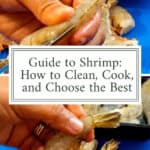
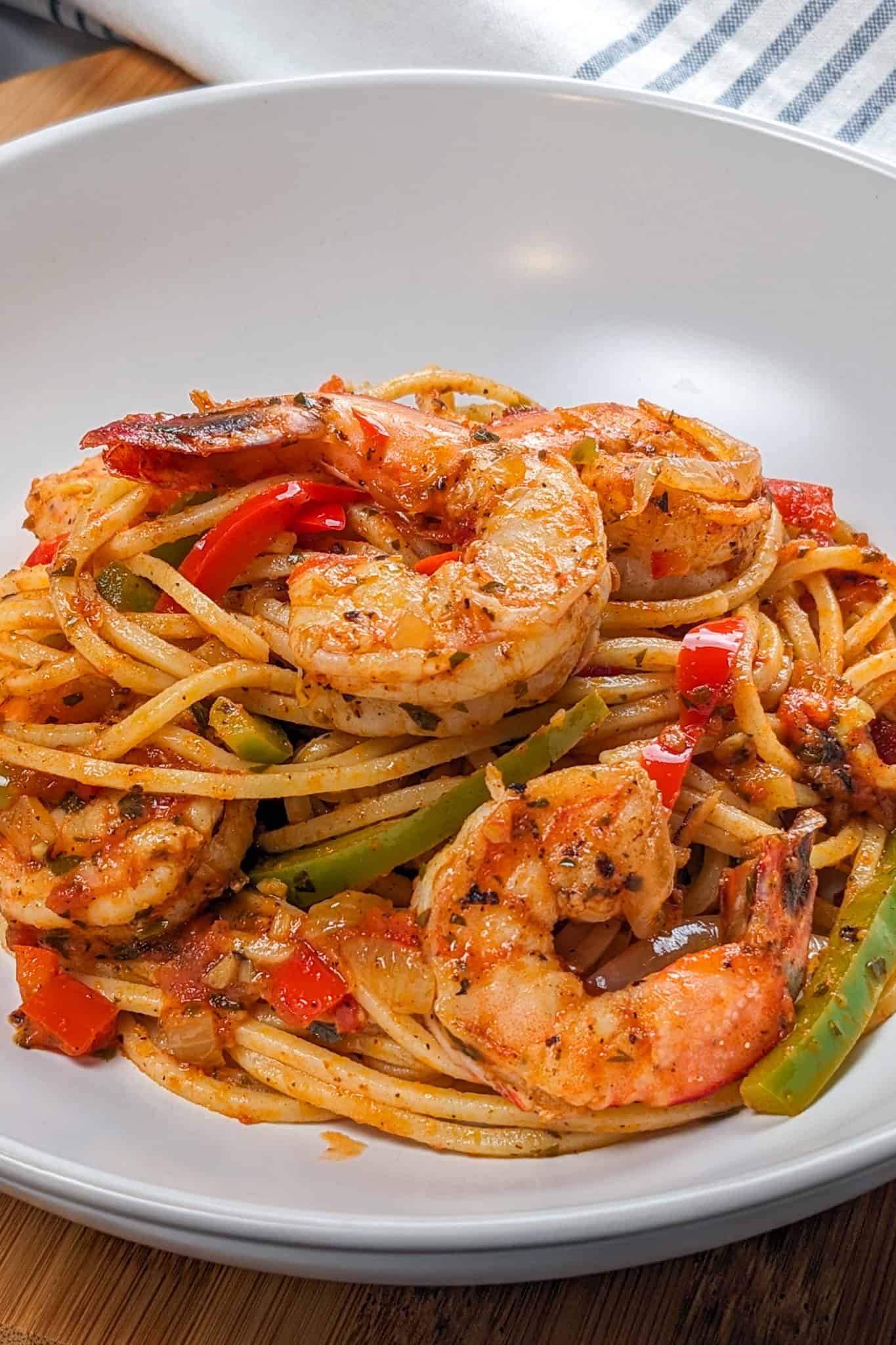



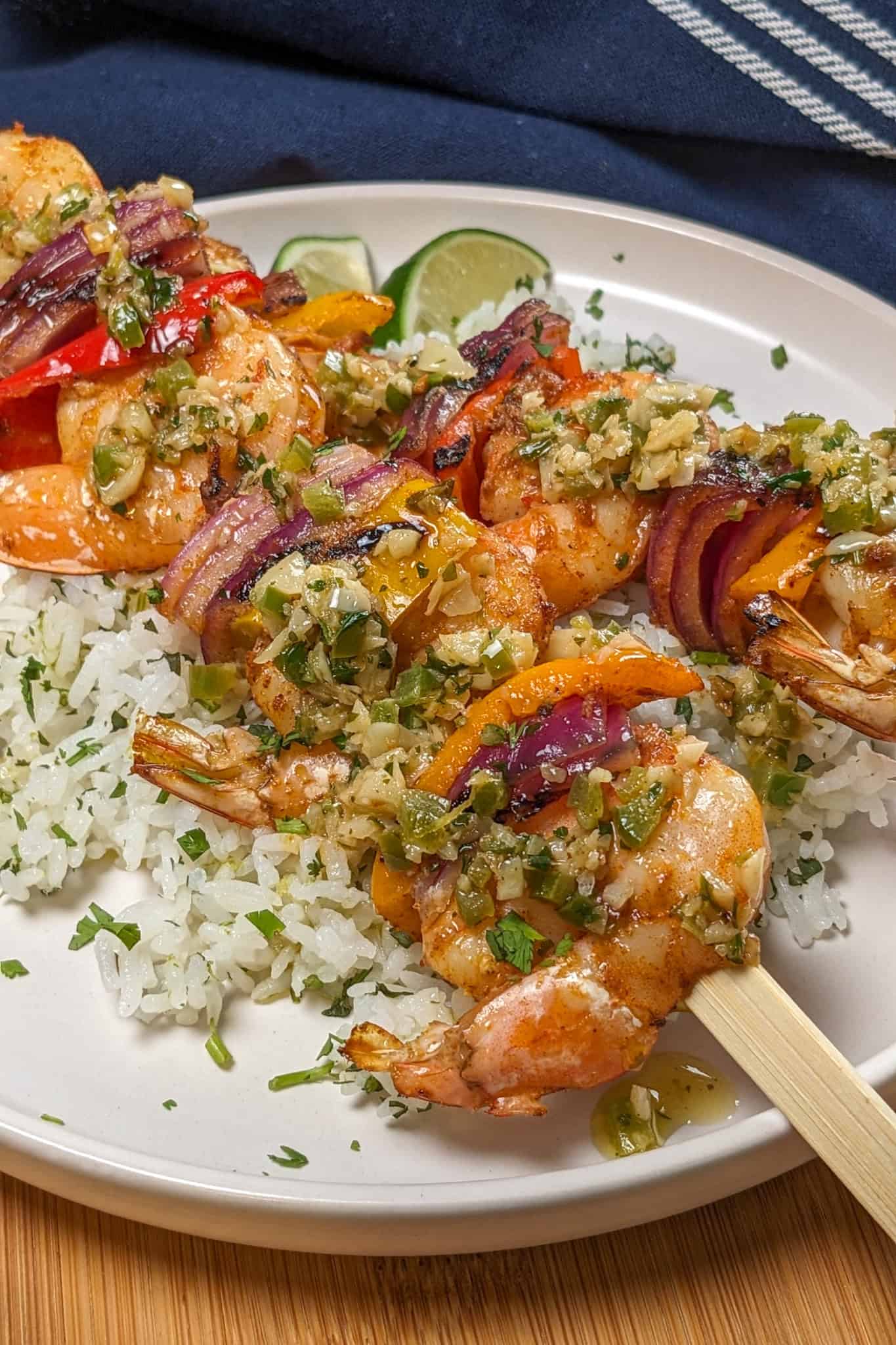
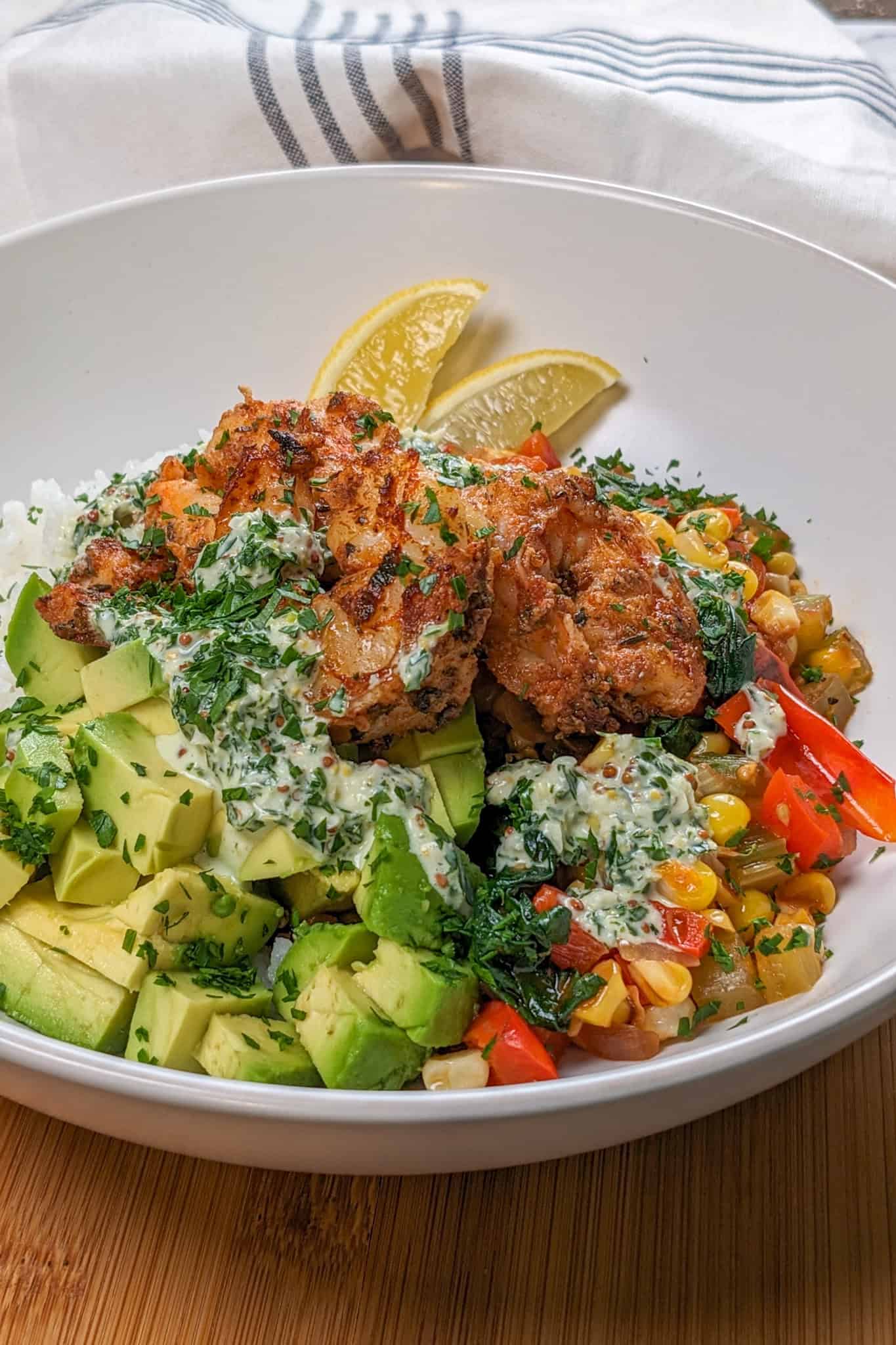
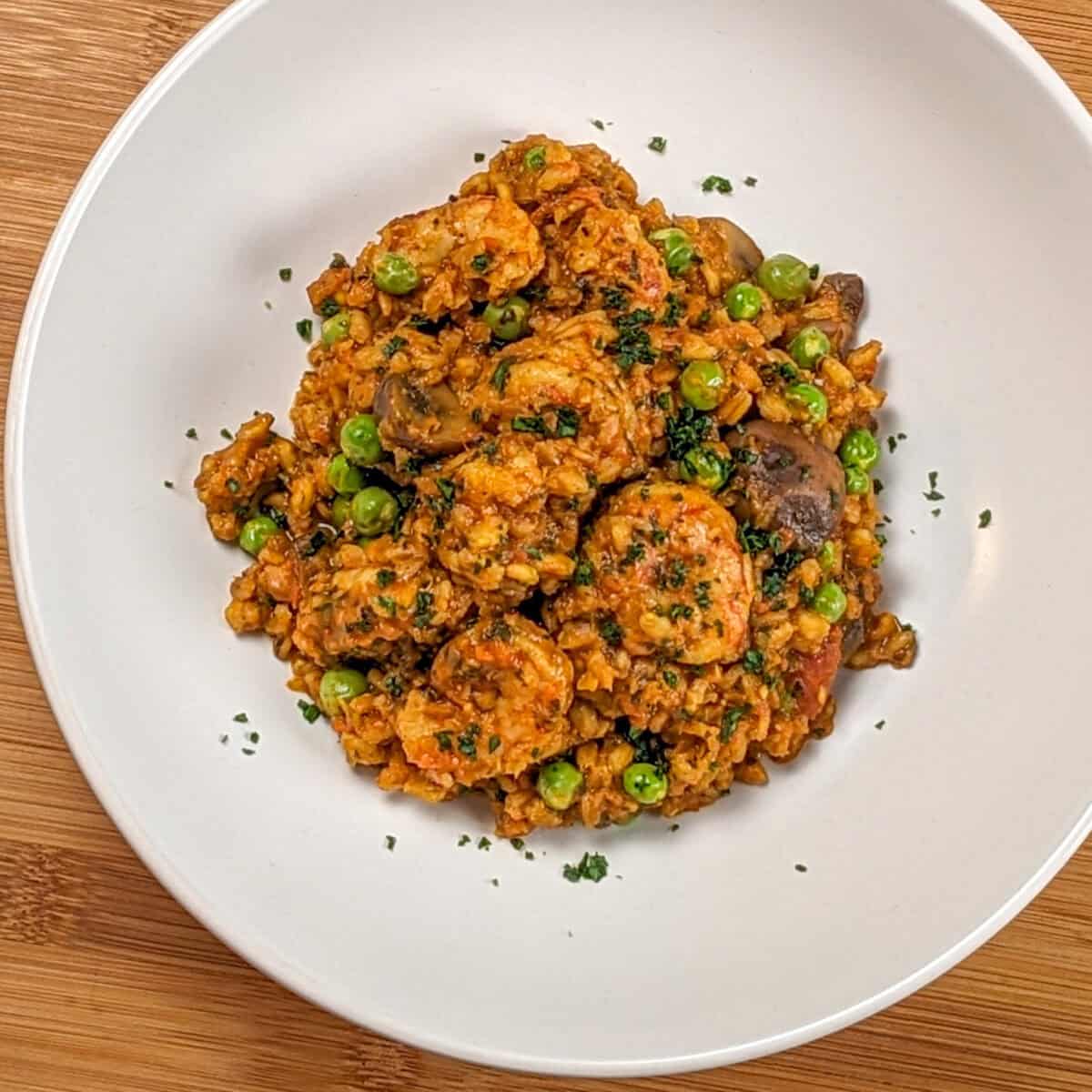
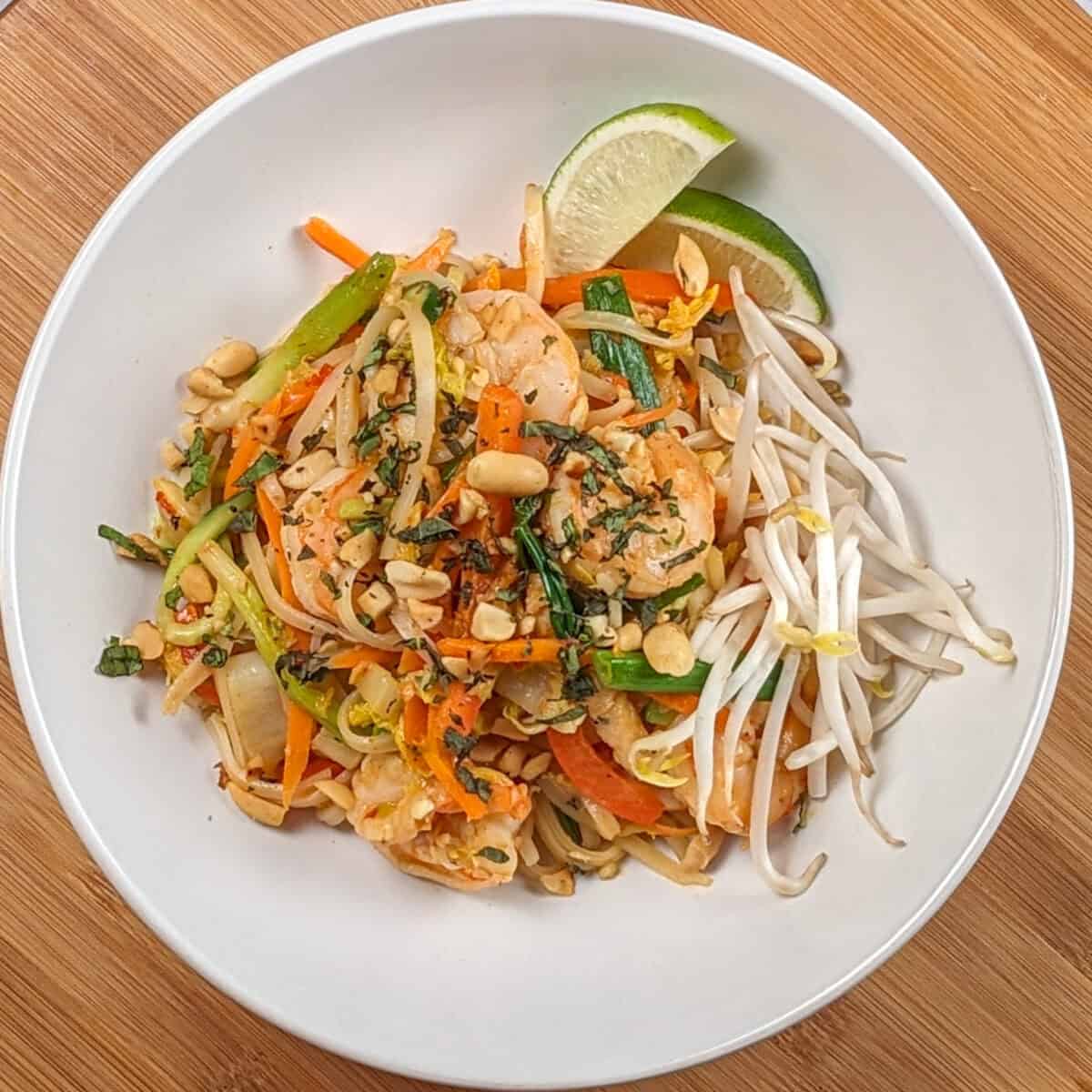
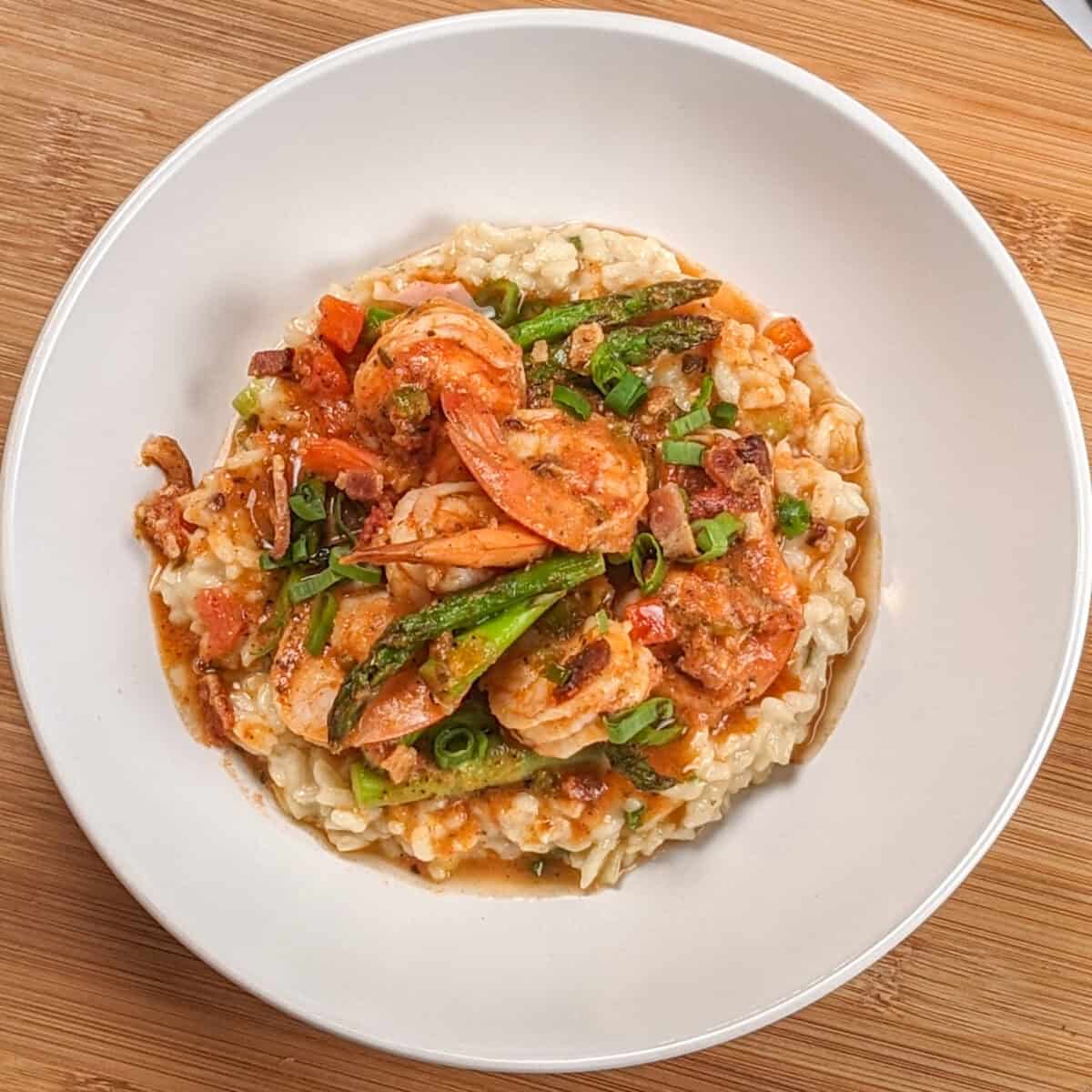
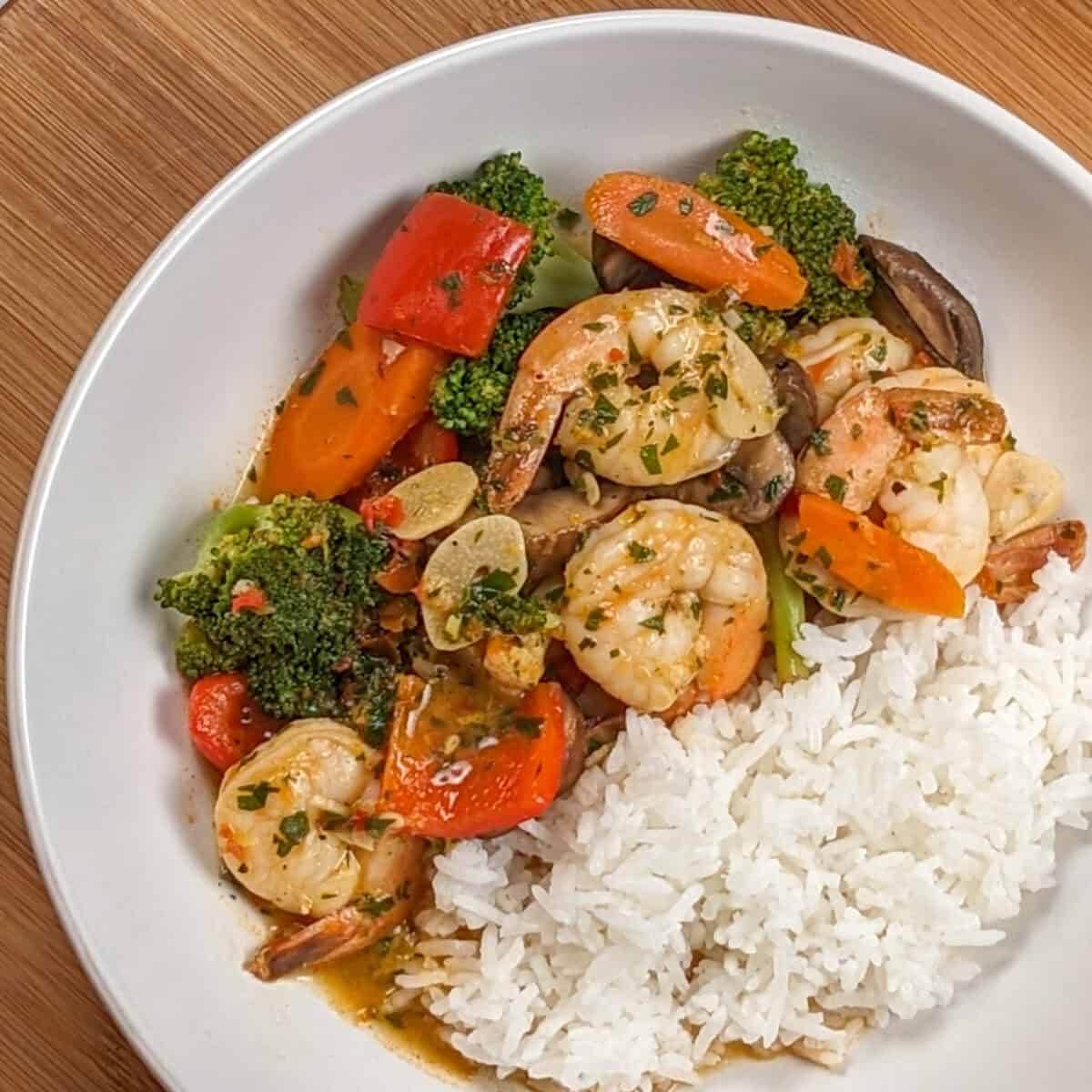
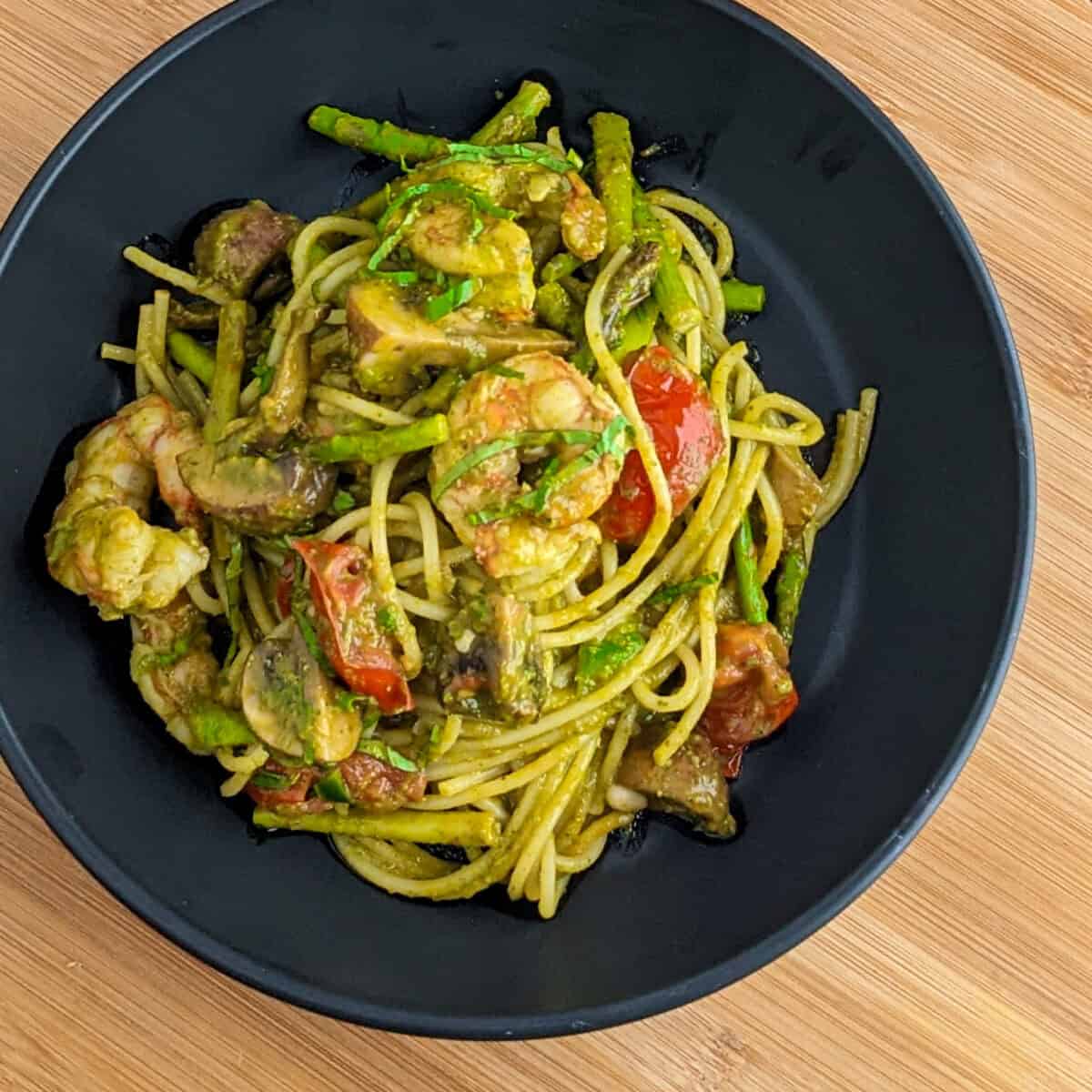
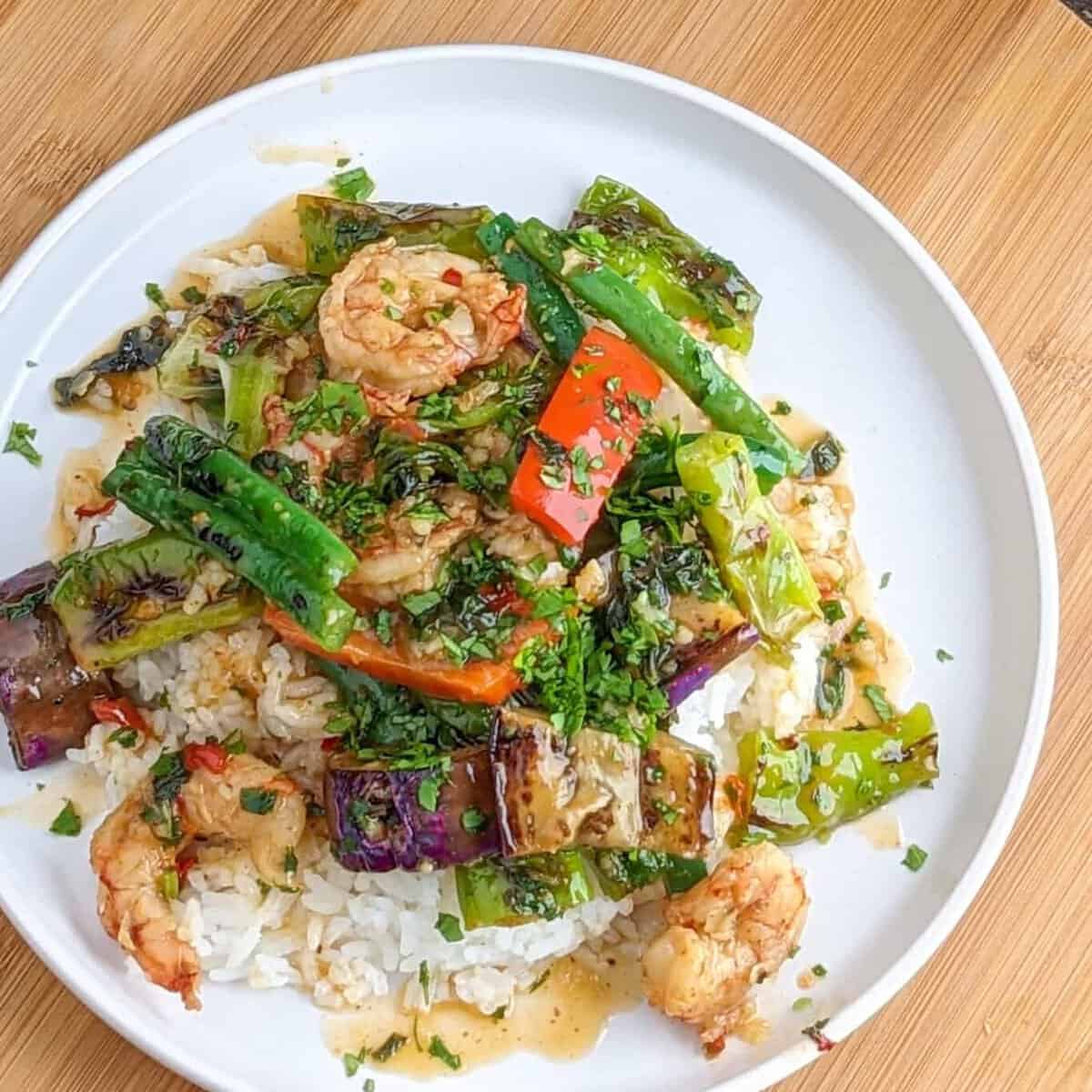
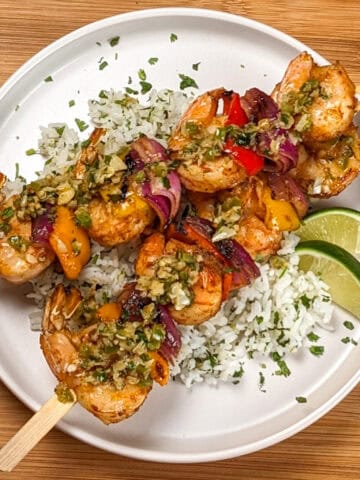
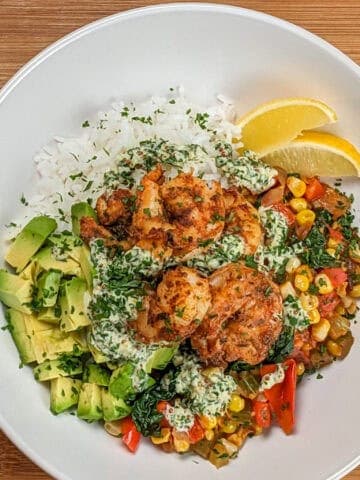
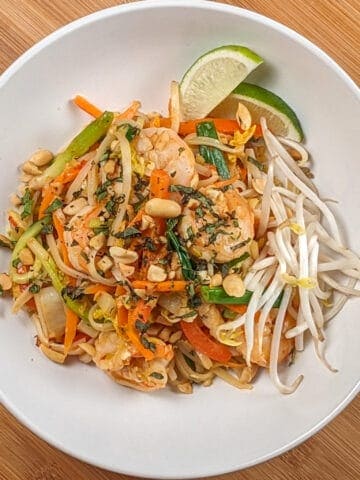
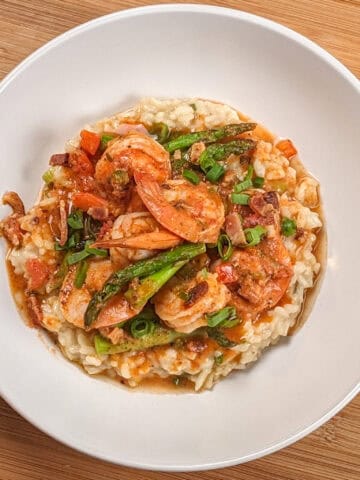
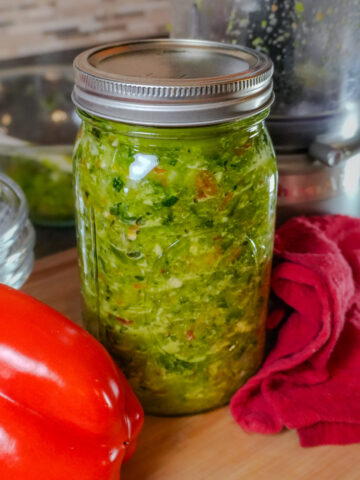
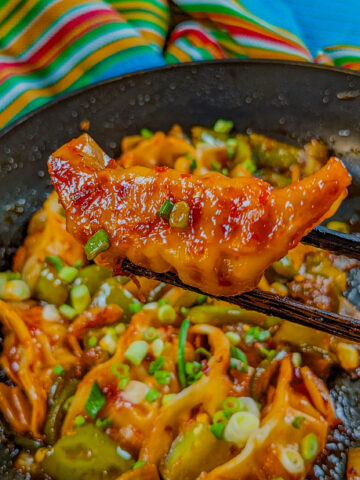
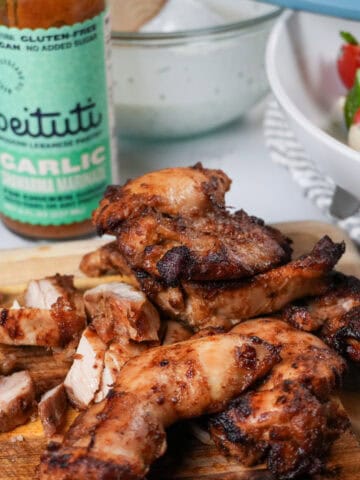
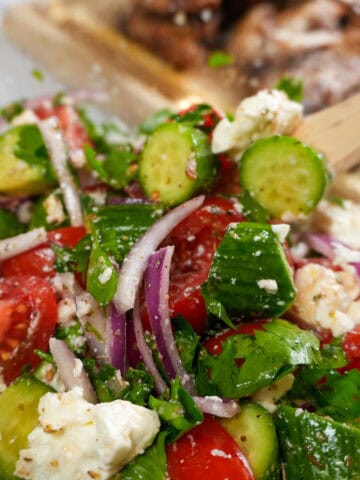
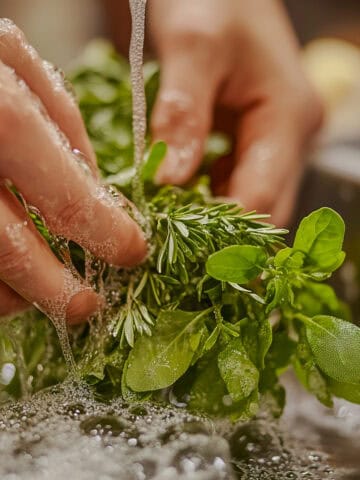
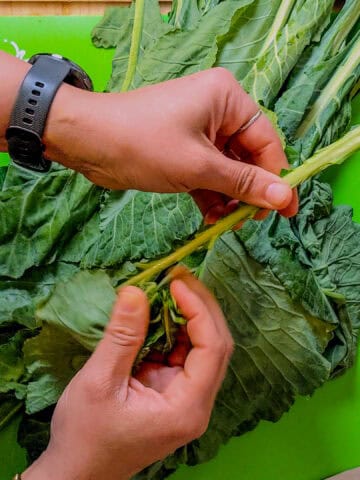
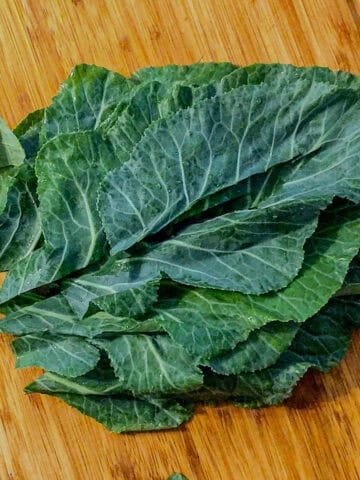
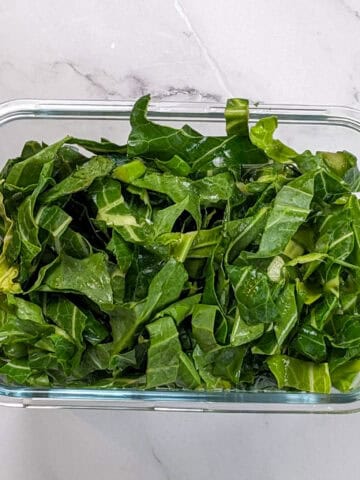
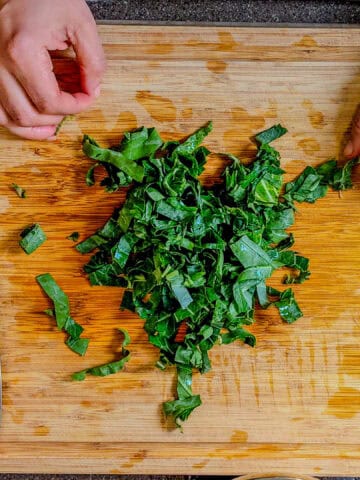
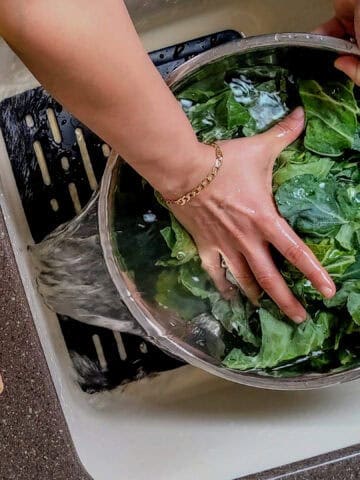

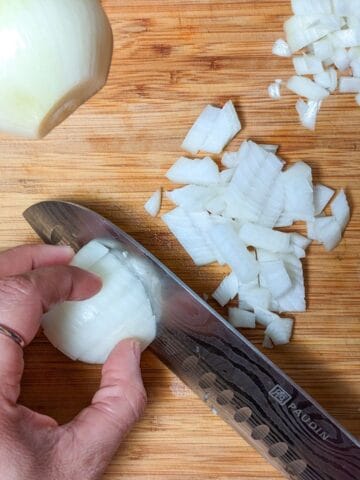
Leave a Reply